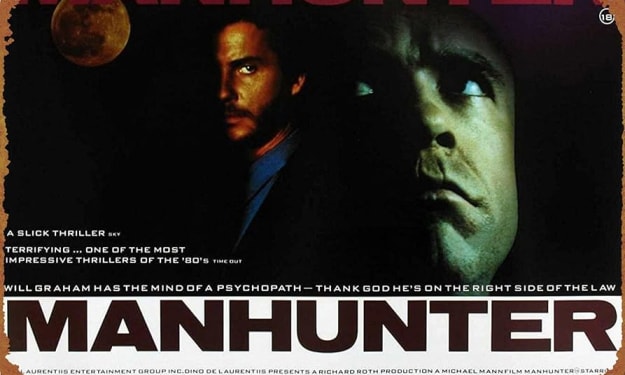A Filmmaker's Guide to: In Media Res
Film Studies (Pt.28)

In this chapter of ‘the filmmaker’s guide’ we’re actually going to be learning about literature and film together. I understand that many of you are sitting in university during difficult times and finding it increasingly hard to study and I understand that many of you who are not at university or not planning on it are possibly stuck of what to do, need a break or even need to catch up on learning film before you get to the next level. This guide will be brief but will also contain: new vocabulary, concepts and theories, films to watch and we will be exploring something taboo until now in the ‘filmmaker’s guide’ - academia (abyss opens). Each article will explore a different concept of film, philosophy, literature or bibliography/filmography etc. in order to give you something new to learn each time we see each other. You can use some of the words amongst family and friends to sound clever or you can get back to me (email in bio) and tell me how you’re doing. So, strap in and prepare for the filmmaker’s guide to film studies because it is going to be one wild ride.
In Media Res

What is it?
It is a phrase used when a film, story or narrative of any kind begins in the middle of action.
Many pieces of literature have tried this before and honestly, sometimes it can be massively effective for establishing who is a 'hero' and who is a 'villain' at that particular moment. This could change through the story, or it could not involve these characters at all.
Examples of literary works that start in media res include:
- The Iliad by Homer
- The Odyssey by Homer
- The Divine Comedy by Dante Alighieri
- The Decameron by Giovanni Boccaccio
Notice how all of these works not only start in the middle of some sort of story but also seemingly in the middle of an emotional state. They start in anger, in peace, in fear and many other emotions that are established well before the story begins in our eyes and ears.
What about in film?

Films starting in media res are quite popular even though they only tend to work half of the time.
Here's a watchlist for learning more about how in media res works in movies:
- Pulp Fiction (1994)
- Goodfellas (1990)
- Fight Club (1999)
- Forrest Gump (1994)
- The Prestige (2006)
- 12 Years a Slave (2013)
- Memento (2000)
- Batman Begins (2005)
- Snatch (2000)
- Lawrence of Arabia (1962)
- Citizen Kane (1941)
- Reservoir Dogs (1992)
- The Imitation Game (2014)
- Predestination (2014)
- Amadeus (1984)
- Phantom Thread (2017)
- We Need to Talk About Kevin (2011)
- Raging Bull (1980)
- Dr. Zhivago (1965)
- The Godfather Part 1 (1972)
That's a hell of a lot of films to watch there and the truth about that is that people like to see things established by actions instead of words. It seems more realistic. There are many different types of 'in media res' - let's take a quick look at the most common ones we can see from the list above:
1. In media res - character story
As we see in films such as "The Godfather Part One" and "Citizen Kane", we get something established about the characters through the in media res exposition of the film. In "The Godfather" we get to indirectly meet the characters and in "Citizen Kane" we get to find out about who Kane was before he died and how he became who he was.
2. In media res - frame narrative
In films such as "Dr Zhivago", we are taken into a different story that prepares the audience for the actual narrative. Seemingly, it links the two together and in this case, it is the story of a man's niece, the apparent daughter of Yuri and Lara.
3. In media res - starting from the beginning
This is where the introduction is actually a scene from the middle of the film or in the third act of the film. The film then goes back on itself, whether the audience knows it or not and this can be seen in "Fight Club" (1999) where the audience are definitely aware at the start of the film. And then it can be seen on the other hand in "Memento" (2000) where we aren't actually sure until the end of the movie that this had happened.
Normally I would recommend further reading, but because this is really something you have to see in order to help you, I'm only going to recommend one book and that is "The Iliad" by Homer.
About the Creator
Annie Kapur
200K+ Reads on Vocal.
Secondary English Teacher & Lecturer
🎓Literature & Writing (B.A)
🎓Film & Writing (M.A)
🎓Secondary English Education (PgDipEd) (QTS)
📍Birmingham, UK
X: @AnnieWithBooks
Enjoyed the story? Support the Creator.
Subscribe for free to receive all their stories in your feed. You could also pledge your support or give them a one-off tip, letting them know you appreciate their work.






Comments
There are no comments for this story
Be the first to respond and start the conversation.